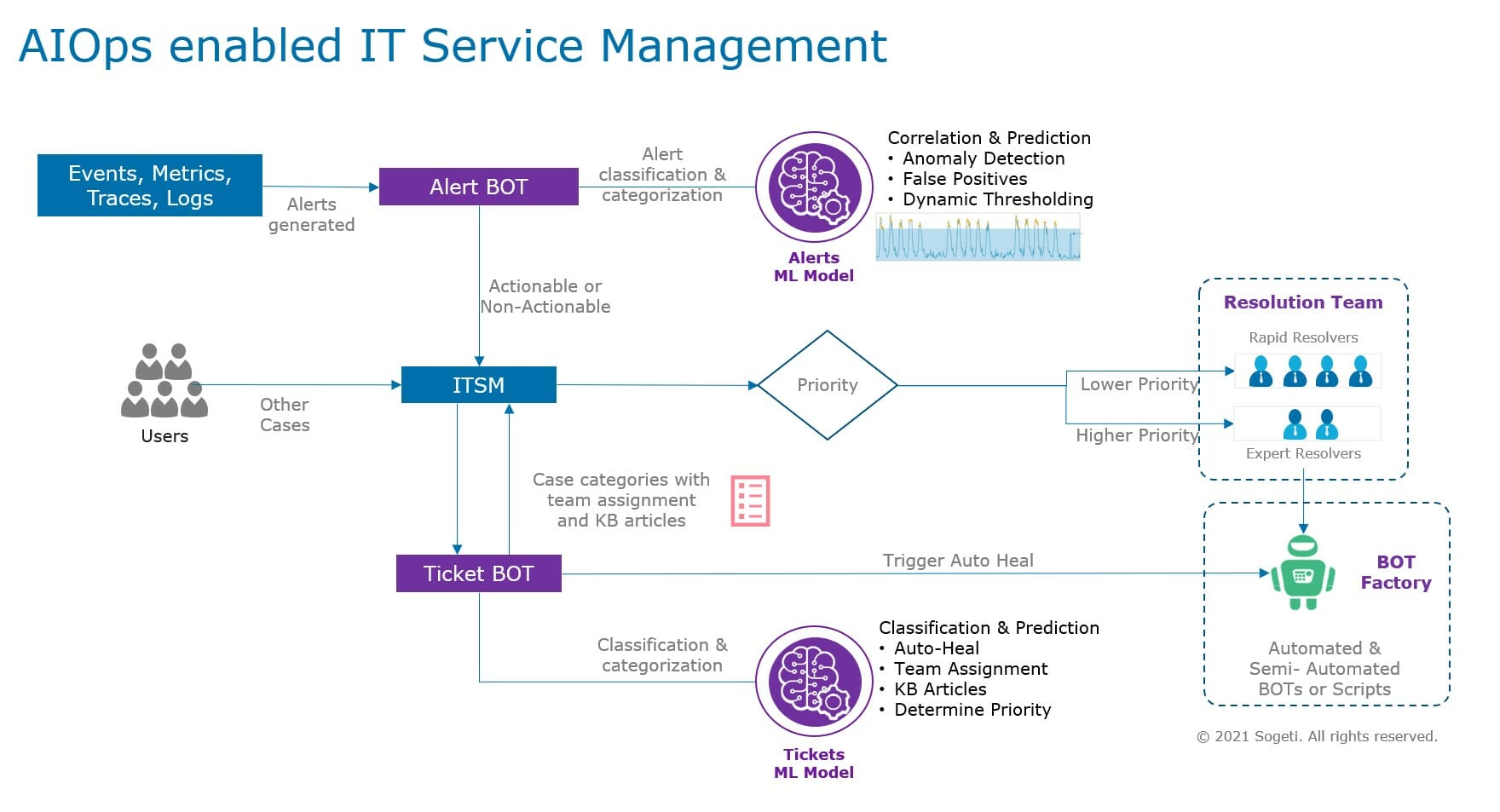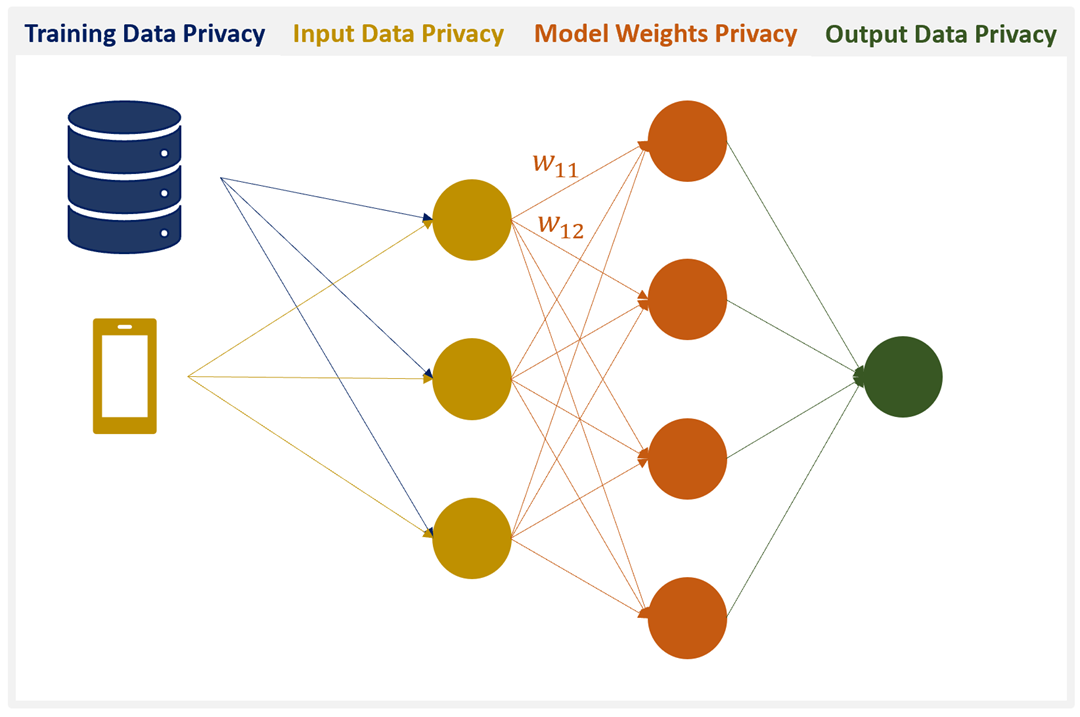
Active learning is a special form of machine learning. This involves asking a user to interactively label new data points. It requires optimal experimental design. An information source could be either a teacher, or an oracle. But active learning goes beyond that. The concept of active learning is that algorithms can learn by observing human behavior.
Disagreement-based active learning
Cohn and Atlas first introduced disagreement-based, active learning in 1994. This model asks students to label points in a 2-dimensional plane. On one side, they are asked for points on the opposite side. The students will be able to compare the points from both sides of the model and make a final classification.
This model has two advantages over active learning. First, the method has two distinct contributions: the reduced amount of active learning and a novel confidence-rated predictiveor. Second, the method is applicable for learning any metric or any other dataset. It is a powerful learning tool. It can be difficult to implement. Researchers should review all aspects of the method before implementing them in their own projects.

This paper presents the benefits of active learning as described by the authors. It can increase learning and reduce the chance of bias. They also noted that disagreement-based, active learning can increase student engagement.
Exponentiated Gradient Exploration (X1)
Exponentiated grade exploration (EG-Active), a machine intelligence algorithm that can also be applied to active learning algorithms, is known as Exponentiatedgradient Exploration. It basically states that a function with multiple input variables has a partial-derived. This means that the slope is affected by changes in the input variables. As a result, a higher gradient indicates a faster learning rate. But, it can take some time to find the ideal rate.
Researchers such as Ajay Choudhi, Fatih Poikli, Andreas Damiannou. Ashish Kapoor. Alexander Vezhnevets. Joachim M Buhmann. Keze Wang. These researchers have shown that the method has great potential in active learning.
X1
Active learning is a technique that makes use of neural networks to predict data patterns. Over the last few decades, a variety of criteria has been developed to identify which instances are most representative and informative for particular models. These criteria use uncertainty and error reduction to select instances. These criteria include query by committee, density estimation, clustering and density estimation.

Active learning, a powerful technique for improving predictive models' accuracy, is possible. It takes a large amount of data to train a model. The "right" data is essential to ensure the model captures all scenarios. It is also important to choose the right representational weights.
Another popular technique uses artificial intelligence to improve human-computer interaction. Active learning algorithms work with humans during training to determine the most relevant data. They can identify the most relevant data from large quantities of unlabeled information.
FAQ
AI: Good or bad?
AI is seen in both a positive and a negative light. On the positive side, it allows us to do things faster than ever before. It is no longer necessary to spend hours creating programs that do tasks like word processing or spreadsheets. Instead, we can ask our computers to perform these functions.
People fear that AI may replace humans. Many believe that robots could eventually be smarter than their creators. This means that they may start taking over jobs.
What can AI do?
AI has two main uses:
* Prediction - AI systems can predict future events. AI can be used to help self-driving cars identify red traffic lights and slow down when they reach them.
* Decision making – AI systems can make decisions on our behalf. You can have your phone recognize faces and suggest people to call.
What industries use AI the most?
The automotive sector is among the first to adopt AI. BMW AG uses AI for diagnosing car problems, Ford Motor Company uses AI for self-driving vehicles, and General Motors uses AI in order to power its autonomous vehicle fleet.
Other AI industries are banking, insurance and healthcare.
Is there another technology that can compete against AI?
Yes, but it is not yet. There have been many technologies developed to solve specific problems. But none of them are as fast or accurate as AI.
What are some examples AI apps?
AI is being used in many different areas, such as finance, healthcare management, manufacturing and transportation. Here are a few examples.
-
Finance – AI is already helping banks detect fraud. AI can scan millions upon millions of transactions per day to flag suspicious activity.
-
Healthcare – AI helps diagnose and spot cancerous cell, and recommends treatments.
-
Manufacturing - AI is used in factories to improve efficiency and reduce costs.
-
Transportation - Self Driving Cars have been successfully demonstrated in California. They are being tested across the globe.
-
Utilities are using AI to monitor power consumption patterns.
-
Education - AI is being used for educational purposes. For example, students can interact with robots via their smartphones.
-
Government - AI is being used within governments to help track terrorists, criminals, and missing people.
-
Law Enforcement – AI is being used in police investigations. The databases can contain thousands of hours' worth of CCTV footage that detectives can search.
-
Defense – AI can be used both offensively as well as defensively. Artificial intelligence systems can be used to hack enemy computers. Artificial intelligence can also be used defensively to protect military bases from cyberattacks.
Why is AI used?
Artificial intelligence is an area of computer science that deals with the simulation of intelligent behavior for practical applications such as robotics, natural language processing, game playing, etc.
AI is also referred to as machine learning, which is the study of how machines learn without explicitly programmed rules.
Two main reasons AI is used are:
-
To make our lives easier.
-
To be able to do things better than ourselves.
Self-driving vehicles are a great example. We don't need to pay someone else to drive us around anymore because we can use AI to do it instead.
What is the most recent AI invention?
Deep Learning is the latest AI invention. Deep learning, a form of artificial intelligence, uses neural networks (a type machine learning) for tasks like image recognition, speech recognition and language translation. It was invented by Google in 2012.
Google's most recent use of deep learning was to create a program that could write its own code. This was done using a neural network called "Google Brain," which was trained on a massive amount of data from YouTube videos.
This enabled it to learn how programs could be written for itself.
IBM announced in 2015 that they had developed a computer program capable creating music. Music creation is also performed using neural networks. These are known as "neural networks for music" or NN-FM.
Statistics
- According to the company's website, more than 800 financial firms use AlphaSense, including some Fortune 500 corporations. (builtin.com)
- The company's AI team trained an image recognition model to 85 percent accuracy using billions of public Instagram photos tagged with hashtags. (builtin.com)
- That's as many of us that have been in that AI space would say, it's about 70 or 80 percent of the work. (finra.org)
- In 2019, AI adoption among large companies increased by 47% compared to 2018, according to the latest Artificial IntelligenceIndex report. (marsner.com)
- Additionally, keeping in mind the current crisis, the AI is designed in a manner where it reduces the carbon footprint by 20-40%. (analyticsinsight.net)
External Links
How To
How to set Google Home up
Google Home is an artificial intelligence-powered digital assistant. It uses sophisticated algorithms and natural language processing to answer your questions and perform tasks such as controlling smart home devices, playing music, making phone calls, and providing information about local places and things. You can search the internet, set timers, create reminders, and have them sent to your phone with Google Assistant.
Google Home seamlessly integrates with Android phones and iPhones. This allows you to interact directly with your Google Account from your mobile device. If you connect your iPhone or iPad with a Google Home over WiFi then you can access features like Apple Pay, Siri Shortcuts (and third-party apps specifically optimized for Google Home).
Google Home has many useful features, just like any other Google product. Google Home can remember your routines so it can follow them. It doesn't need to be told how to change the temperature, turn on lights, or play music when you wake up. Instead, you can just say "Hey Google", and tell it what you want done.
These steps will help you set up Google Home.
-
Turn on Google Home.
-
Hold down the Action button above your Google Home.
-
The Setup Wizard appears.
-
Select Continue
-
Enter your email address.
-
Choose Sign In
-
Google Home is now available